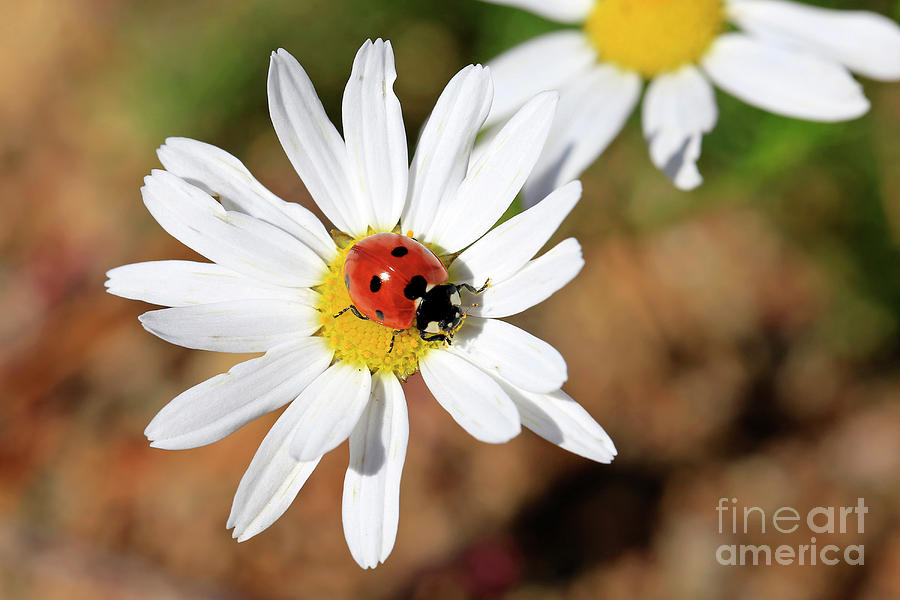

The extracted DNA was amplified using a qPCR assay with C. LPS was further purified by treatments with RNase, DNase and proteinase K (see above), and was dialyzed and lyophilised. Yield of the crude LPS was 144 mg (9.6%), calculated on the weight of the original cells. Lipopolysaccharide (LPS) was obtained from the aqueous phase after extensive dialysis (Serva MWCO 3500) and lyophilisation. The cell suspension was centrifuged at 3000× g, 20 ☌ for 20 min, and the sediment was suspended in preheated distilled water (150 mL, 68 ☌) and extracted with an equal volume of aqueous 90% phenol. The extraction was repeated with the fresh solvent mixture for 2 h. Cells were extracted with chloroform–methanol (2:1, v/ v) at 20 ☌ for 3 h to remove phospholipids. After enzyme treatments, the cell suspension was centrifuged at 14,000× g, 10 ☌ for 50 min and the sediment was washed with acetone. The cells were then treated with trypsin 1:250 (EC 232-650-8 Sigma) at 37 ☌ for 90 min, followed by proteinase K from Tritirachium album (EC 3.4.21.14 Sigma, St. burnetii cells (1.5 g wet weight) were suspended in 50 mM Tris-HCl buffer (150 mL, pH 7.5) and treated simultaneously with RNase (EC 3.1.27.5) and DNase (EC 3.1.27.1), both from bovine pancreas (Boehringer, Ingelheim, Germany) at 37 ☌ for 16 h. burnetii, and the bacteria were harvested and purified from the chicken embryo membranes as previously described. Specific pathogen-free eggs were inoculated with phase I C. Due to these requirements, many doctors are reluctant to recommend vaccination against Q fever, even though it still represents a significant infection problem. burnetii by either test renders the patient ineligible to receive the vaccine due to the significant risk of an adverse event following vaccination. Administration of the vaccine is difficult patients must be screened one week prior to vaccination for pre-existing humoral immunity (serological test) and for cell-mediated immunity (skin test).

It is an effective vaccine and gives recipients good protection from Q fever but can only ever be given once in a person’s lifetime. burnetii, was manufactured and used in Australia from 1989. A formaldehyde inactivated whole-cell vaccine (Q-VAX), made from the phase I Henzerling strain of C. Of particular concern were the reactions seen in people receiving a booster dose and in people with prior natural exposure to C. Efforts in Europe and the USA yielded vaccines that were protective but were unacceptably reactogenic, causing adverse reactions in recipients. There were several attempts at producing a human vaccine against Q fever. burnetii grown in axenic media compared to OSP from embryonated eggs is equivalent in terms of providing a protective immune response. burnetii OSP-TT conjugate vaccine is capable of inducing protection against virulent C. burnetii DNA as measured by PCR than those of the unvaccinated control animals.

Post-mortem samples of the spleen, liver and kidney of vaccinated guinea pigs contained substantially less C. Both vaccines protected guinea pigs from fever and loss of weight post challenge. Vaccines with or without alum adjuvant were used to vaccinate guinea pigs, which were later challenged by intranasal inoculation with virulent C. burnetii grown in embryonated eggs (vaccine A) and axenic media (vaccine B). Two vaccines were prepared using OSP from C. burnetii, strain Nine Mile, which was then conjugated to a tetanus toxoid (TT) carrier protein.

Candidate vaccines were prepared using purified O-specific polysaccharide (OSP) extracted from the lipopolysaccharide of virulent (phase 1) C. The desire to protect humans, particularly farmers and abattoir workers, from Q fever prompted the development of a new safe and effective human vaccine without all the difficulties associated with the current vaccine. There is an effective human vaccine (Q-VAX) against Q fever, and although Q fever is a worldwide problem, the vaccine is only used in Australia due to difficulties associated with its use and the risk of adverse reactions. Q fever is caused by the bacterium Coxiella burnetii and is spread to humans from infected animals especially goats, sheep and cattle, predominantly when giving birth.


 0 kommentar(er)
0 kommentar(er)
